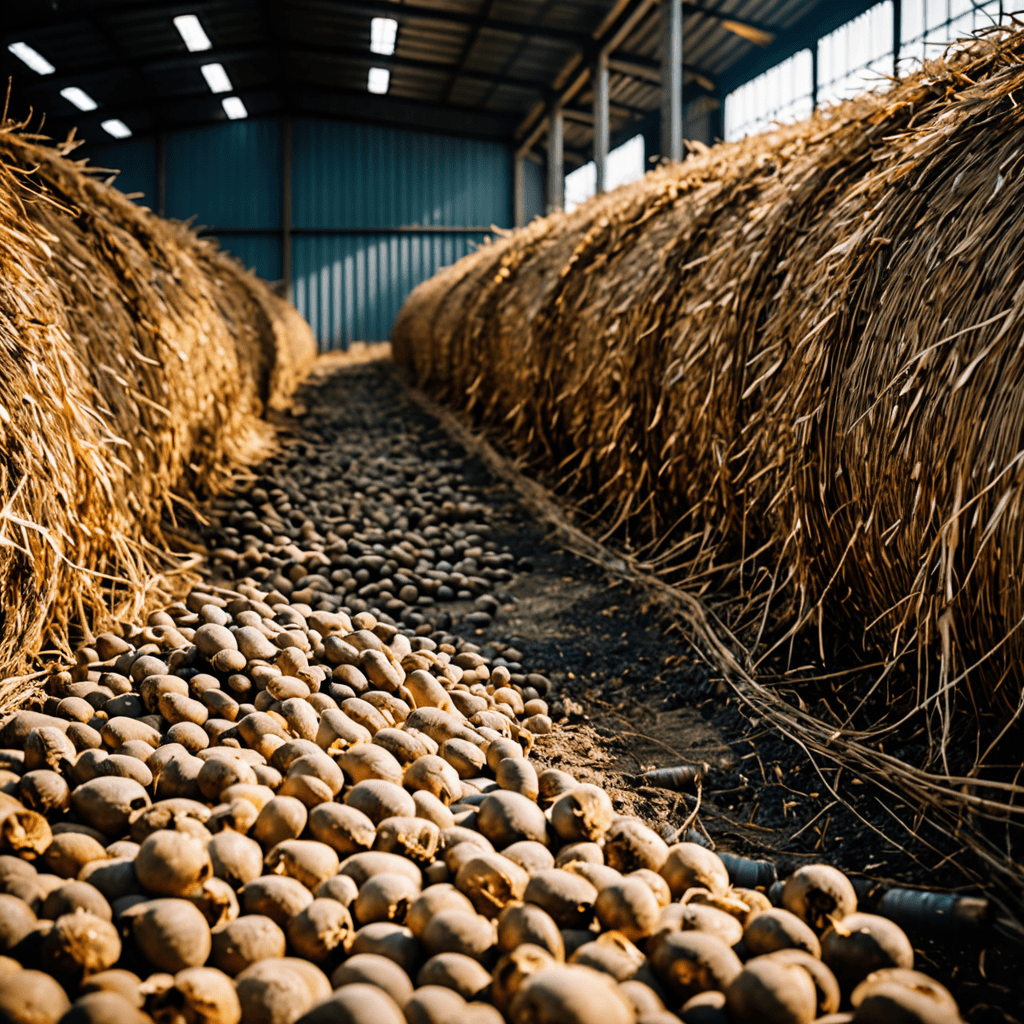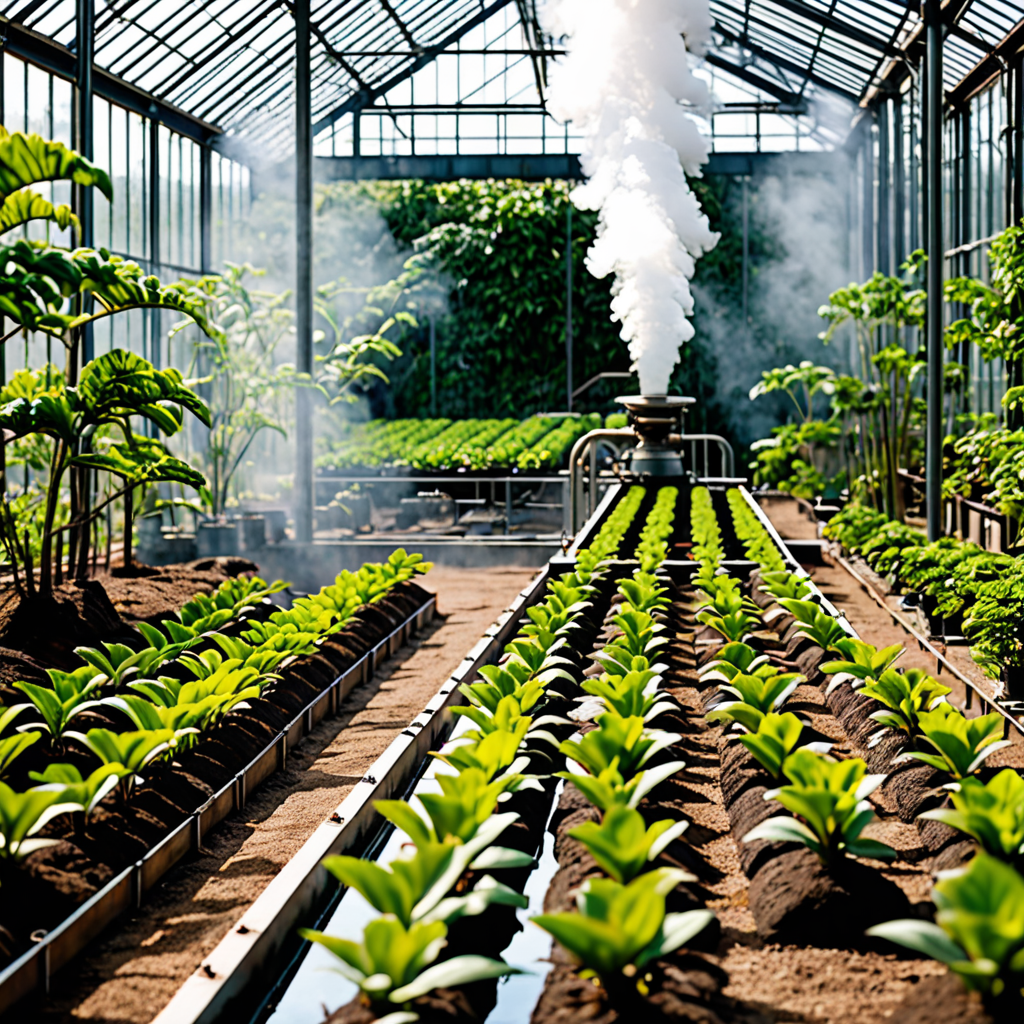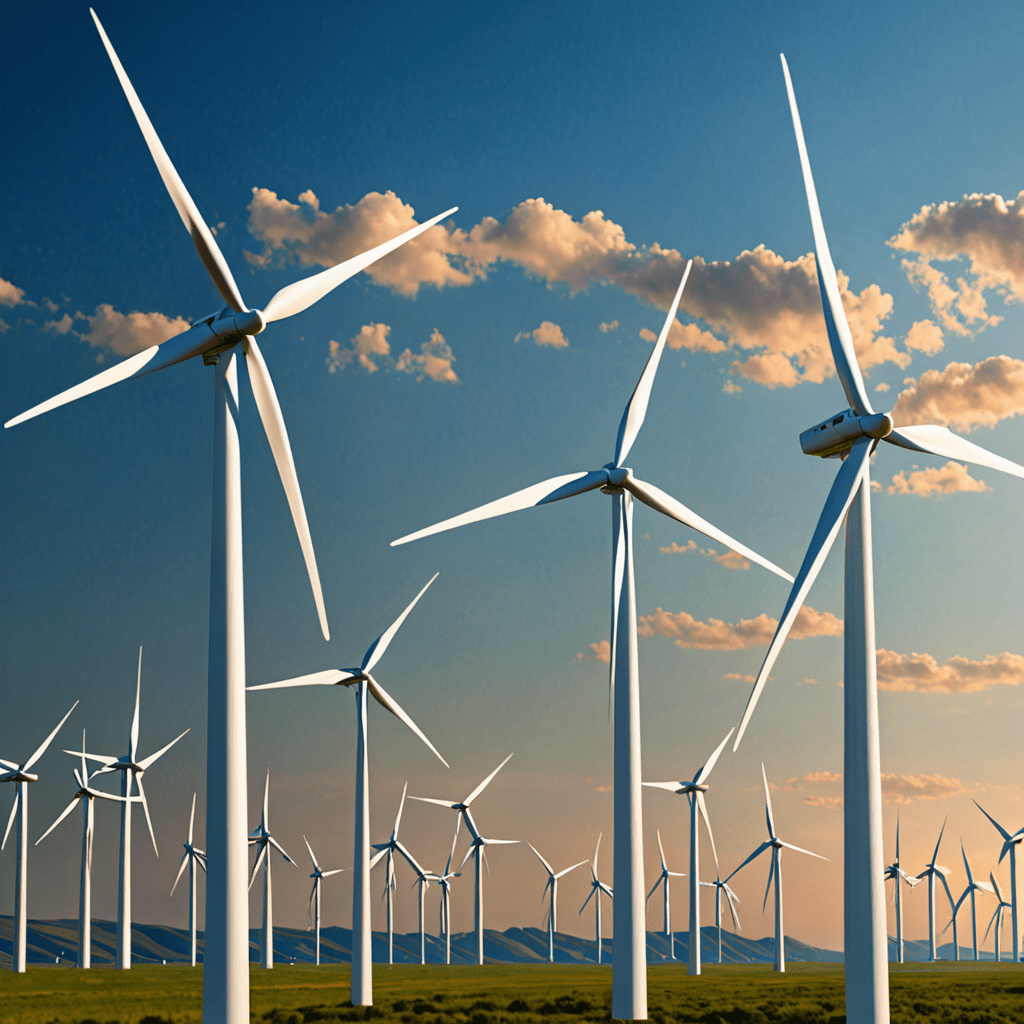
The Role of Anaerobic Digestion in Biomass Energy Conversion
Introduction to Anaerobic Digestion
Anaerobic digestion is a natural biological process where microorganisms break down organic materials in the absence of oxygen. This process is widely used to convert biomass into renewable energy sources.
Understanding Biomass Energy Conversion
Biomass refers to organic materials such as crop residues, animal waste, and food scraps. Converting biomass into energy involves various methods, with anaerobic digestion being a prominent one.
How Anaerobic Digestion Works
In anaerobic digestion, microorganisms decompose organic matter, releasing methane gas and carbon dioxide. This biogas can be captured and used as a renewable energy source.
Benefits of Anaerobic Digestion in Energy Conversion
One of the key advantages of anaerobic digestion is that it helps reduce greenhouse gas emissions while producing renewable energy. It also provides a sustainable way to manage organic waste.
Applications of Anaerobic Digestion
Anaerobic digestion is used in various sectors, including wastewater treatment plants, farms, and food processing facilities. It plays a vital role in waste management and energy production.
Challenges and Future Developments
Despite its benefits, anaerobic digestion faces challenges such as high installation costs and the need for proper maintenance. Researchers are working on improving efficiency and exploring new feedstocks for better energy conversion.
Conclusion
Overall, anaerobic digestion serves as a sustainable and efficient method for converting biomass into renewable energy. As technology advances and more investments are made in this field, anaerobic digestion is likely to play an even more significant role in the transition to a greener energy future.
FAQ: Anaerobic Digestion in Biomass Energy Conversion
What is anaerobic digestion in biomass energy conversion?
Anaerobic digestion is a biological process where microorganisms break down biodegradable material in the absence of oxygen to produce biogas, which can be used as an energy source. In the context of biomass energy conversion, anaerobic digestion plays a crucial role in converting organic waste into renewable energy.
How does anaerobic digestion contribute to sustainable energy production?
Anaerobic digestion helps reduce greenhouse gas emissions by capturing methane produced during the decomposition of organic matter. This methane can then be used as a clean energy source, lessening the reliance on fossil fuels and promoting a more sustainable energy mix.
What types of biomass can be used in anaerobic digestion for energy conversion?
A wide range of organic materials can be used in anaerobic digestion, including food waste, agricultural residues, manure, sewage sludge, and energy crops like corn or switchgrass. These biomass sources provide a renewable feedstock for the production of biogas through anaerobic digestion.
What are the key benefits of integrating anaerobic digestion into biomass energy conversion systems?
Integrating anaerobic digestion into biomass energy conversion systems helps to not only produce renewable energy but also


